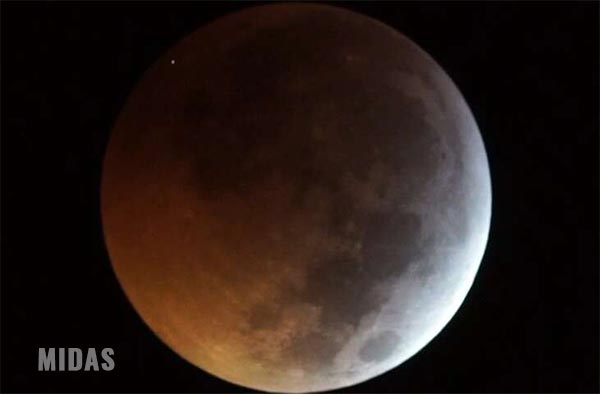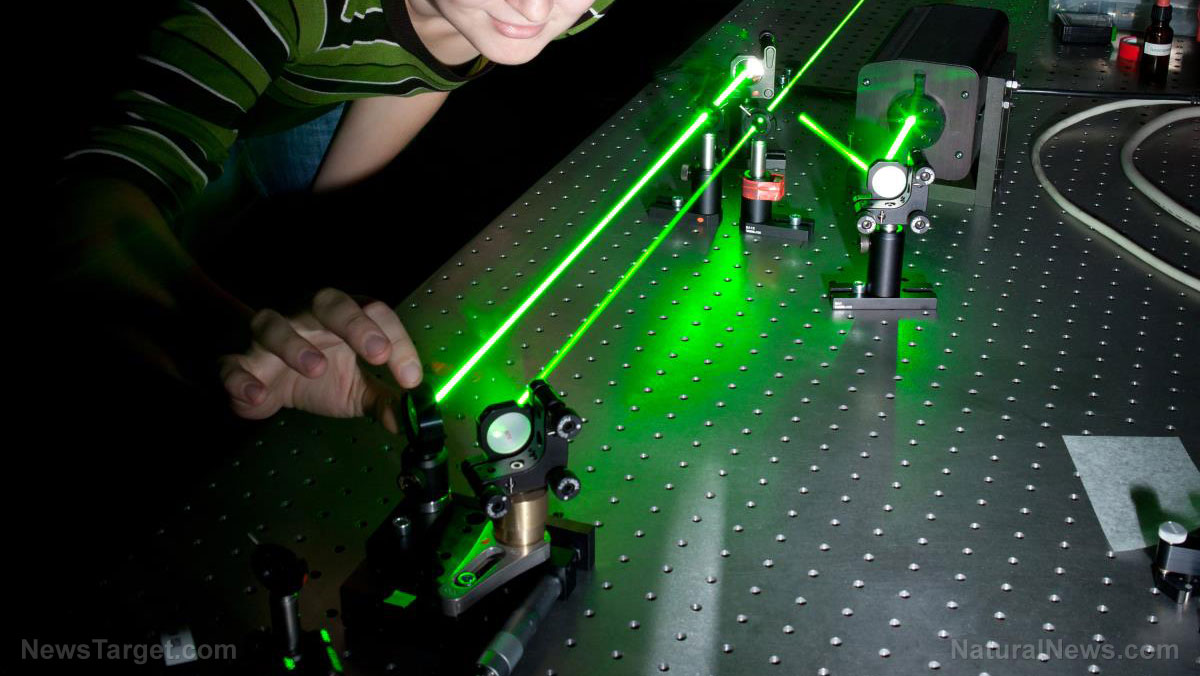Meteorite hits the moon during lunar eclipse, scientists say it was traveling 38,000 mph
10/16/2019 / By Grace Olson

Casual stargazers and astronomers alike recently witnessed a rare event: A meteor impact on the moon during a lunar eclipse. Spanish astronomers analyzed the flash and revealed that the meteor was traveling at 38,000 mph. Their study was published in the Monthly Notices of the Royal Astronomical Society.
A white spark on a blood-red moon
On January 21, observers from Europe, America, and Africa gathered outside to watch the first full moon and lunar eclipse of the year. Lunar eclipses occur when the Earth’s shadow blocks the sun’s light, and they happen only two to four times annually. On this evening, the moon also turned blood-red. (Related: Second super moon this month will be visible on the 31st; “super blue blood moon” to be followed by a lunar eclipse.)
A blood-red moon is the result of the sun’s light filtering through the Earth’s dense atmosphere. While other colors get refracted, red light passes through easily and reaches the moon, giving it its blood-red color. The more particles there are in the atmosphere, the darker the red becomes.
As the observers watched the lunar eclipse, they witnessed a white spark – a very brief flash on the darker side of the moon at 11:41 p.m. ET. Astronomers, professionals and amateurs alike knew what happened: A lunar impact flash.
A lunar impact flash happens when a meteor hits the moon’s surface. Each year, the moon acquires around 140 craters from meteor impacts. Unlike the Earth, the moon does not have a dense atmosphere to shield itself from them. When a meteor hits the surface, it causes a small explosion – a flash – and creates a wave of dust particles. To observers on Earth, they look like white sparks.
However, lunar impacts are not usually seen by the naked eye. The Moon Impacts Detection and Analysis System (MIDAS) is a project dedicated to observing these phenomena. Studying lunar impacts provides a better understanding of the Earth-Moon meteoroid environment. This helps gather more information on both the Earth and its satellite, such as the Earth’s impact flux.
MIDAS has three astronomical observatories – Sevilla, La Sagra, and La Hita – all located in the south of Spain. On January 21, the latter two were not in operation, so only the Sevilla observatory was used to document the lunar eclipse. Five telescopes were used to monitor areas of the lunar disc, with two telescopes sharing a common part. This ensured that all areas were properly documented.
Professor Jose Maria Madiedo of the University of Huelva and Dr. Jose Ortiz of the Institute of Astrophysics in Andalusia operate MIDAS. They were monitoring the lunar eclipse when the telescopes captured the lunar impact flash. Not long after the lunar eclipse, Madiedo released the video of the rare phenomenon on Twitter.
See the video below:
Analyzing the white spark
After the eclipse, studies on the lunar impact flash ensued.
One study estimated that the impact speed of the meteor reached around 30,890 mph (50,000 kph). The researchers from Colombia and the Dominican Republic published their findings on Icarus and Cornell University’s pre-print server.
However, Madiedo and the team from MIDAS argued that the figures were significantly higher. After analyzing their footage and gathered data, they revealed that the impact speed reached up to 37,903.643 mph (61,000 kph).
MIDAS also released further information of the lunar impact flash. The impact lasted for only 0.28 seconds and reached a peak temperature of 5,400 C. They estimated that the meteor had a mass of 100 lbs (45 kg) and measured one to two feet across. The impact was so strong that it left a crater 49 feet in diameter.
According to the study, the phenomena claimed many firsts. It was the first time that a lunar impact was recorded in the middle of a lunar eclipse and then discussed in scientific literature. It was also “the first time that lunar impact observations in more than two wavelengths were reported.”
Overall, the phenomenon has made a mark on the astronomers of MIDAS. After many years of studying lunar impacts, Madiedo and his team finally witnessed a lunar impact happen right in the middle of lunar eclipse.
“Something inside of me told me that this time would be the time,” said Madiedo.
Get the latest news on other exciting cosmic events at Cosmic.news.
Sources include:
Tagged Under: asteroids, astronomy, blood moon, collisions, crater, discoveries, Earth, eclipse, lunar eclipse, lunar impact flash, meteor impact, meteoroid, meteors, MIDAS, Moon, outer space, solar system, Space, space research, space weather
RECENT NEWS & ARTICLES
Physics.News is a fact-based public education website published by Physics News Features, LLC.
All content copyright © 2018 by Physics News Features, LLC.
Contact Us with Tips or Corrections
All trademarks, registered trademarks and servicemarks mentioned on this site are the property of their respective owners.


















